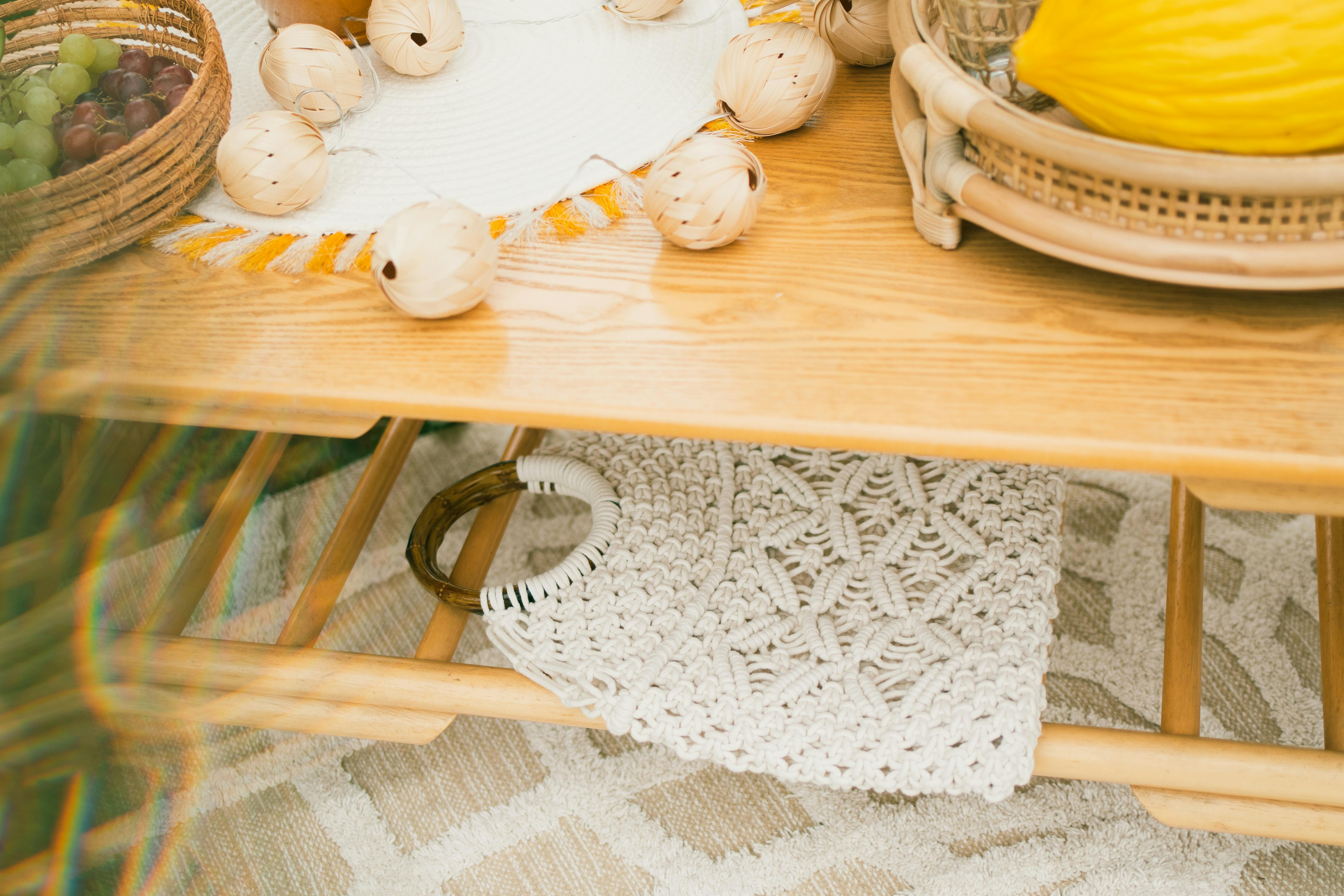Rubber covered yarn is a unique and versatile material that combines the durability of rubber with the flexibility and strength of yarn. This type of yarn is widely used in a variety of applications, from industrial textiles to high-performance athletic wear. In this article, we will explore the world of rubber covered yarn, its properties, manufacturing process, and its many applications.
Rubber covered yarn

Rubber covered yarn is a textile product that is created by covering a core yarn, typically made of natural or synthetic fibers, with a layer of rubber. The rubber coating provides the yarn with enhanced properties such as increased strength, abrasion resistance, and water resistance. The process of manufacturing rubber covered yarn involves several steps, including yarn preparation, rubber coating, and finishing.
Yarn Preparation
The first step in the manufacturing process is the preparation of the core yarn. The type of yarn used can vary, depending on the intended application of the final product. Common core yarn materials include cotton, polyester, nylon, and even specialty fibers such as aramid or carbon. The core yarn is carefully selected to provide the desired tensile strength, flexibility, and dimensional stability.
Rubber Coating
The core yarn is then coated with a layer of rubber, which is typically applied using a specialized coating machine. The rubber used can be natural or synthetic, and its properties can be tailored to meet the specific requirements of the application. The thickness of the rubber coating can also be adjusted to achieve the desired level of durability and performance.
Finishing
After the rubber coating process, the yarn may undergo additional finishing steps, such as drying, curing, or surface treatment. These steps help to ensure the stability and longevity of the rubber coating, as well as enhance the overall appearance and handling properties of the yarn.
What is rubber covered yarn

Rubber covered yarn is a type of textile material that incorporates rubber as a key component. This fabric is known for its exceptional durability, flexibility, and water resistance, making it a popular choice for a wide range of applications. Rubber fabric can be produced in various forms, including woven, knitted, or non-woven, depending on the intended use and desired properties.
Natural Rubber Fabric
Natural rubber, derived from the sap of rubber trees, has been used in the production of rubber fabric for decades. This type of rubber covered yarn is valued for its superior elasticity, tensile strength, and resistance to weathering and environmental factors. Natural rubber fabric is often used in the manufacture of personal protective equipment, industrial hoses, and specialized athletic apparel.
Synthetic Rubber Fabric
In addition to natural rubber, synthetic rubber compounds have also been developed for use in fabric production. Synthetic rubber fabrics, such as neoprene and nitrile rubber, offer a range of unique properties that can be tailored to specific applications. These synthetic rubber fabrics are widely used in applications where chemical resistance, heat resistance, or specialized performance characteristics are required, such as in the aerospace, automotive, and medical industries.
Blended Rubber Fabric
To further enhance the performance and versatility of rubber fabric, manufacturers may blend rubber with other textile fibers, such as polyester, nylon, or cotton. These blended rubber fabrics combine the inherent properties of rubber with the desirable characteristics of other textile materials, resulting in a hybrid material that can be used in a wide range of applications, from industrial textiles to high-fashion apparel.
Rubber rope price

The price of rubber rope can vary depending on several factors, including the type of rubber used, the size and diameter of the rope, the manufacturing process, and the market demand. Generally, rubber ropes can be more expensive than traditional fiber-based ropes due to the added cost of the rubber material and the specialized manufacturing techniques involved.
Natural Rubber Rope
Natural rubber ropes, made from the sap of rubber trees, tend to be on the higher end of the price spectrum. These ropes are known for their exceptional strength, durability, and resistance to weathering, making them a popular choice for outdoor and marine applications. The price of natural rubber rope can range from $2 to $10 per foot, depending on the size and quality of the rope.
Synthetic Rubber Rope
Synthetic rubber ropes, such as those made from neoprene or nitrile, can be more affordable than their natural counterparts. These ropes are often used in industrial and commercial applications where high-performance characteristics are required, but cost is also a consideration. The price of synthetic rubber rope can range from $1 to $5 per foot, depending on the specific materials and manufacturing process used.
Blended Rubber Rope
Rubber ropes can also be blended with other textile fibers, such as polyester or nylon, to create a more cost-effective solution. These blended ropes may sacrifice some of the pure rubber’s performance characteristics, but they can still offer a good balance of strength, flexibility, and affordability. The price of blended rubber rope can range from $1 to $4 per foot, depending on the specific blend and the intended application.
It’s important to note that the prices mentioned above are approximate and can vary significantly based on factors such as market conditions, supplier, and volume of purchase. Customers should always consult with reputable suppliers to obtain accurate and up-to-date pricing information for their specific rubber rope requirements.
{done
Support by us



